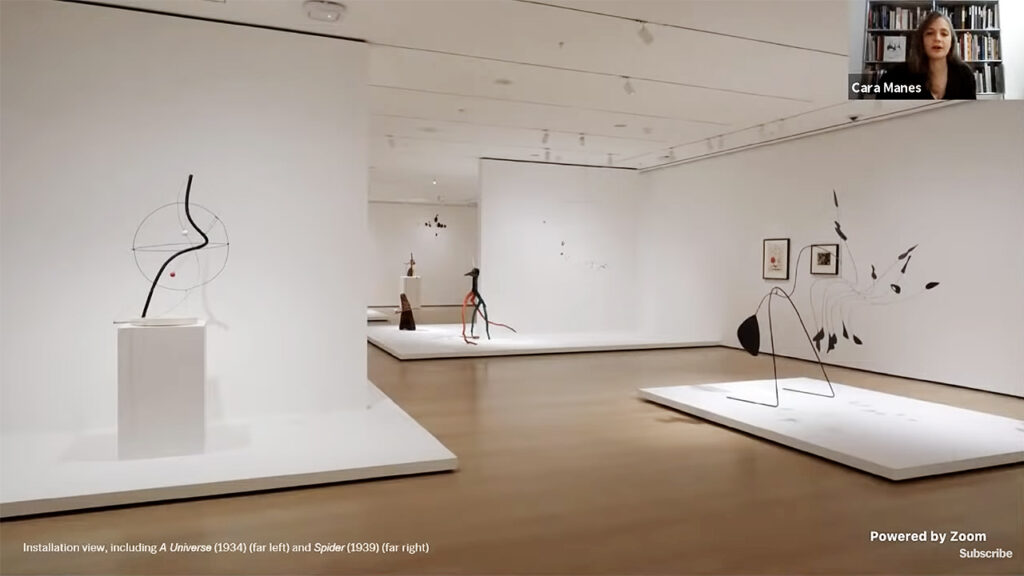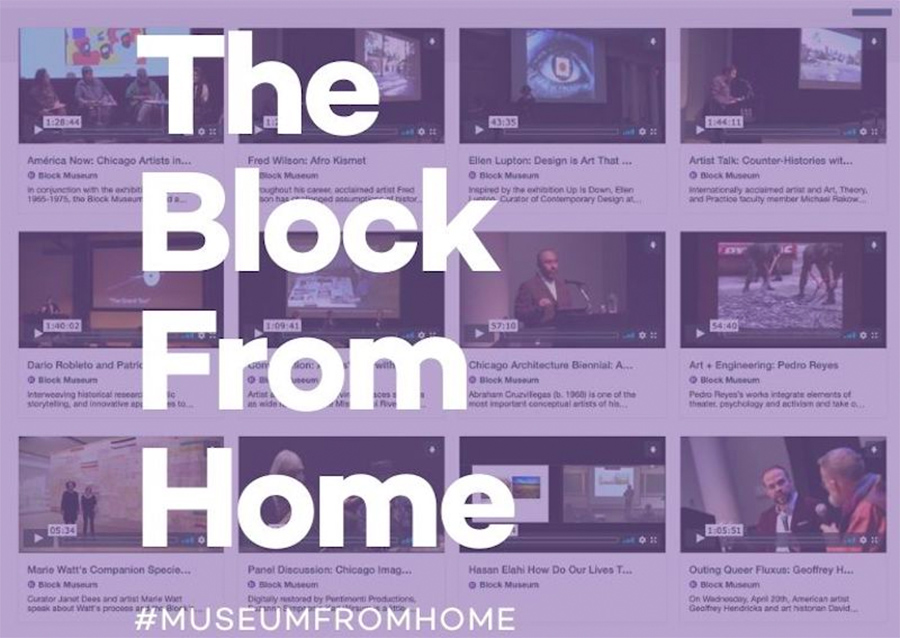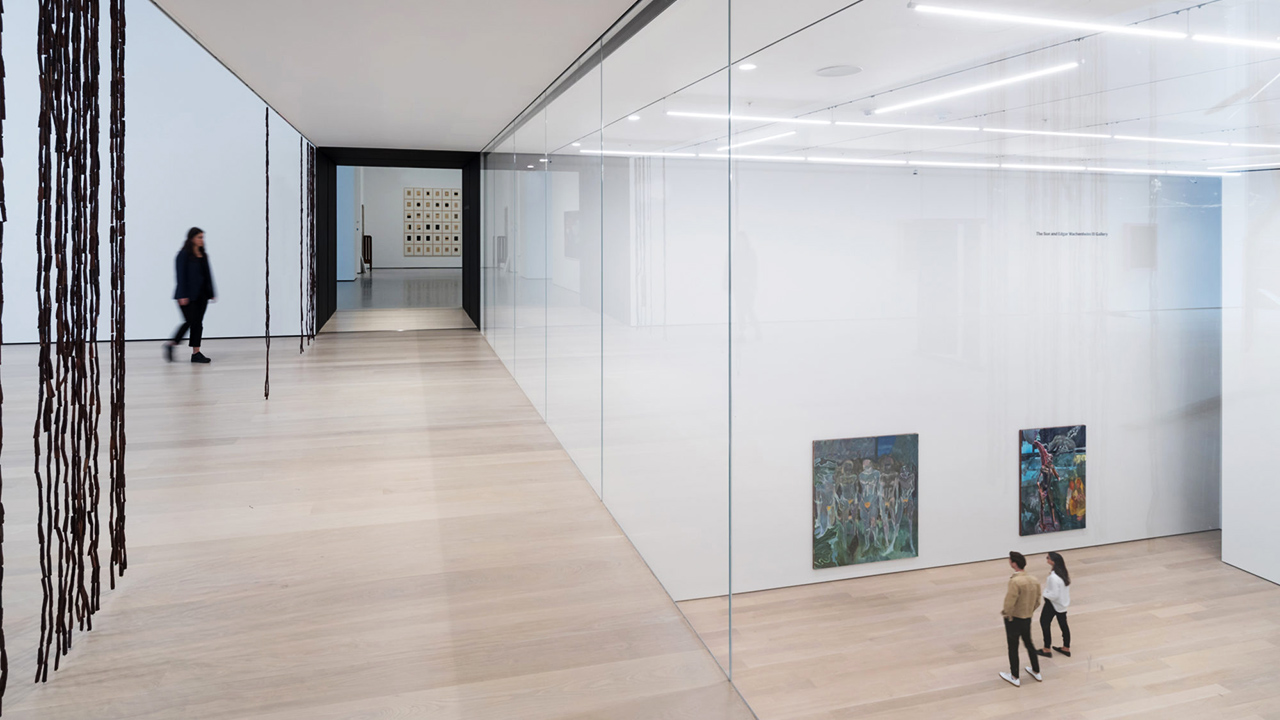This year, MCN 2021 Virtual, Museum Computer Network’s annual conference, features four international spotlights exploring the theme “What is digital now?” from the regional perspectives of Asia-Pacific, the Middle East and Africa, Europe, and Latin America.
As the conference’s media partner, Jing Culture & Commerce is spotlighting key learnings from these sessions on how cultural organizations across the globe are forging a digital future. Read more of our coverage here.
Session
“Global Recap Panel”
Key panelists
Lindsey Green, Director, Frankly, Freen + Webb
Lauren Vargas, Independent Researcher and Consultant, Your Digital Tattoo
Melanie Garcia Sympson, Curatorial Associate, Block Museum of Art
Lyn Hsieh, Department Manager of Education, Museum of Modern Art
Key takeaways
Following four weeks’ worth of regional sessions that spotlit how the cultural sectors of Asia-Pacific, the Middle East, Latin America, and Europe are approaching the new digital climate, MCN hosted a recap that pulled essential learnings from across the globe. Here were three main talking points:

Over lockdown, MoMA’s Virtual Views series featured digital tours, curator conversations, and film screenings. Image: Virtual Views – Alexander Calder, MoMA
Ensuring virtual programming is sustainable — Through the pandemic, we’ve seen museums of all sizes create for home-bound audiences virtual programming that was largely free or donation-based. While widening their audience, these programs also presented income opportunities. The Museum of Modern Art, for one, is mulling ways to generate digital revenue. “We still have this dilemma of how the museum can generate revenue, but not decrease accessibility,” said Hsieh. “How we can charge people but still have education programs accessible?” One direction museums can take is offering phygital packages that apply both online and offline, wherein, say, a digital subscription could be bundled with free museum membership.
Maintaining digital visitorship — The digital pivots of the past 18 months have allowed museums to engage with an international audience, but how can they retain those visitors post-lockdown? According to Sympson, the Block Museum of Art is thinking about how its in-person and virtual audiences do and do not intersect. “There’s been a real experimentation and openness with trying new things, out of necessity, to get content online quickly,” she says. “But there’s also a fear that [museums] will be less experimental as old processes return.” To counter this, institutions need to revisit and refresh their audience engagement strategies to adjust for a hybrid environment.

Billed as a “digital classroom,” Block Museum of Art’s The Block From Home platform offered audio and video content, and editorials from its archives. Image: Block Museum of Art
Putting people first — Before museums turn to tech and digital, they need to understand who their audiences (and staff members) are and what they want from a cultural experience. Vargas said that only prioritizing efficiency might not yield the results museums want. “We’ve got this toxic relationship with time because technology is moving so quickly,” she said. “How do we create a better experience for our audiences and find time to question how people are interacting with those technologies?“
Through actions like internal and external surveys, conferences, and polls, museums can learn from the wider community. And through pre-planning, museums can better invest their resources into technology, without assuming what their visitors and workers want.
Key quote
“As people working in the museum sector, what is our role in changing things, and how can we make changes in our organizations to move things forward?” — Lindsey Green, Director, Frankly, Freen + Webb



